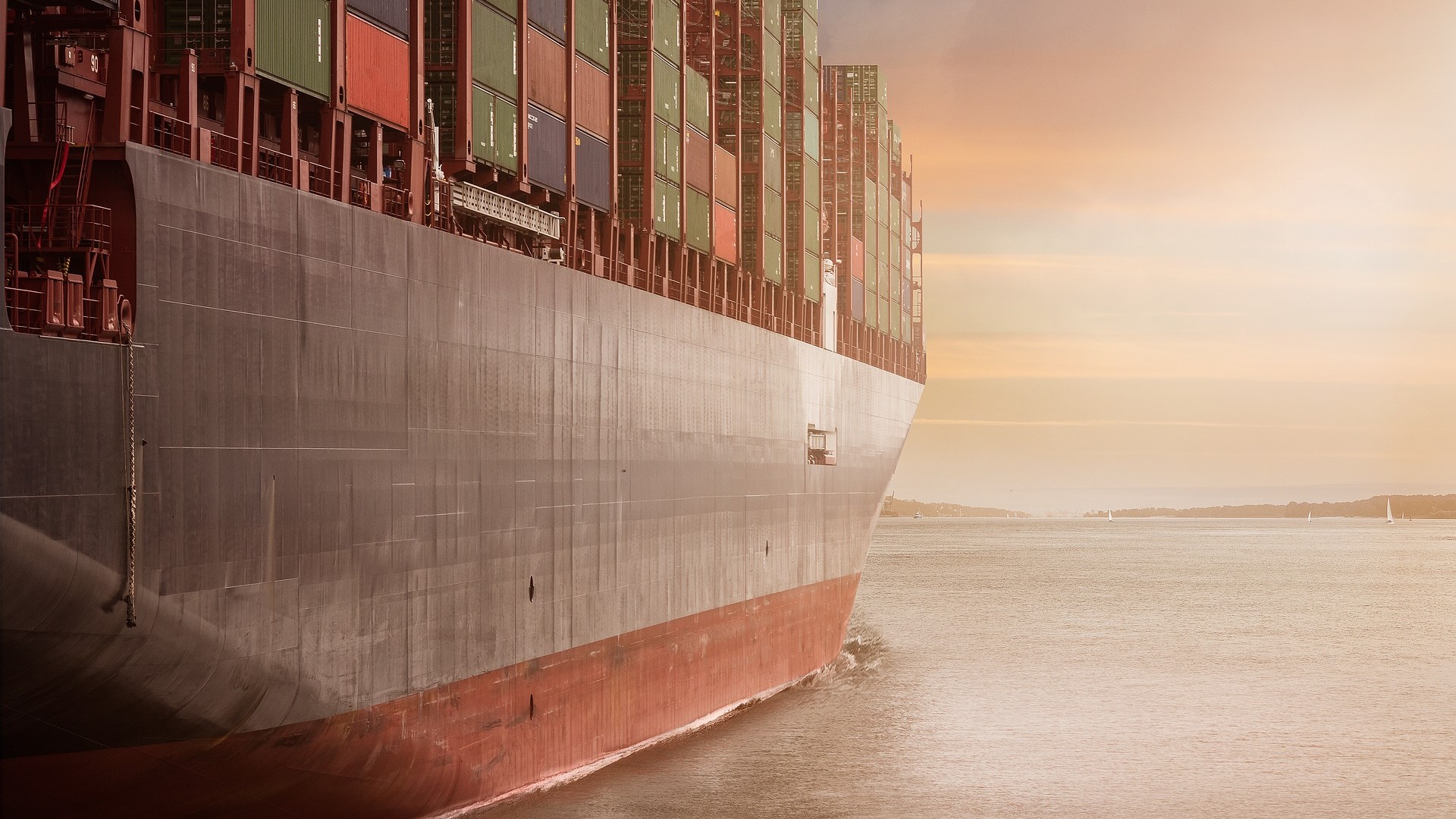
How to track containers?
A container leaves Singapore and arrives at a warehouse in Laval after transiting the Port of Montreal. But from one end of the world to the other, how is it possible to keep track of your freight?
Here are the main technologies used:
1. Tracking numbers
This is the simplest solution. Each container is given a unique code and its movements are recorded when it passes certain key points, such as ports and warehouses. By entering the container number on the shipping company’s website, the client can get an idea of its location. The disadvantage is that the container can only be found when it is scanned at a specific location, so you can’t find out where it is between two of these checkpoints. The TradeLens system now integrates this tracking data into a blockchain platform.
2. GPS tracker
Increasingly used, GPS trackers are either magnetically attached to the container on one of its sides (never on top, because containers get stacked on each other), or integrated into the locking mechanism. This enables the tracker to track the container along its route. The advantage: it’s a highly accurate real-time solution. The drawbacks: it costs a lot and there can be technological impediments, such as battery life and communication failures between the sensors and the networks that relay their data. Some companies use solar panels to ensure that their systems are always working.
3. Bluetooth or RFID sensors
A much cheaper and more energy-efficient solution than GPS trackers: a Bluetooth-based tracking device or Radio Frequency IDentification sensor is placed on each container. The warehouse or terminal has access points that read nearby devices. Connected by cell phone, each access point indicates the location associated with the device on the ship, confirming its presence. Without using satellite data, this system allows the monitoring device to be connected to a data platform. The disadvantage: this system requires implementing a data platform to collect and analyze the information. That makes installation more complex. This system is also gaining in use.
Put this on your radar: in addition to enabling container tracking, these technologies have all kinds of other uses! They can enable us to report the temperature, humidity, vibrations, impacts, attempted break-ins and even customs clearances.
Do you have any questions about the Port of Montreal or its activities? Let us know at
